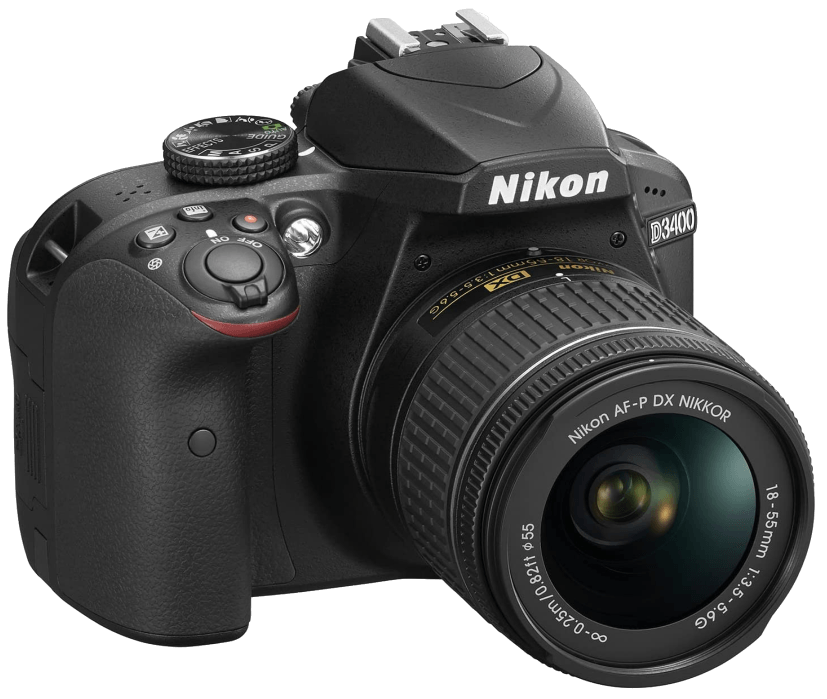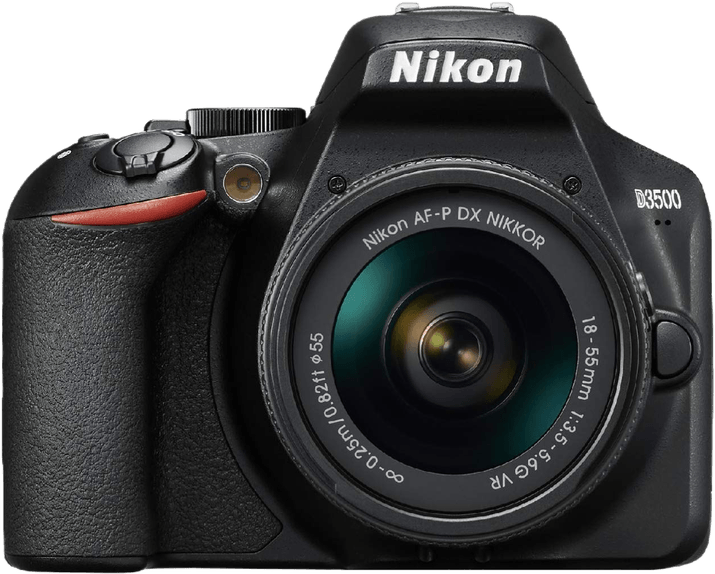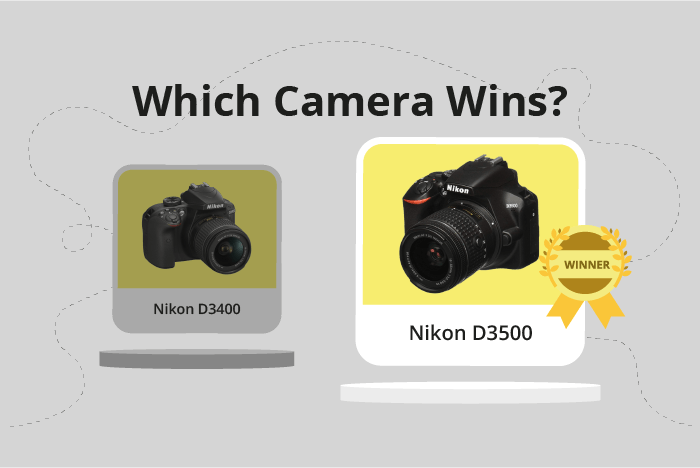Nikon D3400 vs D3500 Comparison
Nikon D3400

Nikon D3500

The Nikon D3400 and Nikon D3500 are both DSLR cameras that share an equal score of 61/100. They have several common specifications, such as camera type and size, with dimensions of 124 x 98 x 76mm for the D3400 and 124 x 97 x 70mm for the D3500. The D3500, however, has a more affordable launch price of $499.95 compared to the D3400’s $650, making it a better option for budget-conscious buyers.
The D3500 surpasses the D3400 in terms of its release date, as it was announced in 2018, two years after the D3400 in 2016. This gives the D3500 a slight edge in terms of newer technology. On the other hand, the D3400 is lighter, weighing only 445g (0.98lbs) compared to the D3500’s 615g (1.36lbs), making it more convenient for photographers who prioritize portability and ease of use.
Taking into account these factors, the Nikon D3500 offers better value for money and newer technology, while the Nikon D3400 has the advantage of being lighter and more portable.
Nikon D3400 vs D3500 Overview and Optics
The Nikon D3400 and D3500 both receive an optics score of 65/100. They share several common specifications, including a 24-megapixel CMOS sensor, 5 fps shooting speed, Expeed 4 processor, APS-C sensor size, and Nikon F lens mount. Neither camera offers image stabilization.
The Nikon D3500 slightly surpasses the D3400 with a DXOMARK sensor score of 87, compared to the D3400’s score of 86. This higher score indicates the D3500 provides marginally better image quality. However, the difference is minimal and may not be noticeable in everyday shooting situations.
The Nikon D3400 has a slight advantage in terms of megapixels, boasting 24.2 compared to the D3500’s 24. This difference, though small, allows the D3400 to capture slightly more detail in images. Again, this difference may not be significant for most users.
Despite the minor differences between the two cameras, both the Nikon D3400 and D3500 offer solid performance in terms of optics. The D3500’s marginally better DXOMARK sensor score gives it a slight edge in image quality, while the D3400’s additional 0.2 megapixels provide a negligible advantage in capturing detail. Ultimately, both cameras are suitable options for photographers seeking quality optics in an entry-level DSLR.
Nikon D3400 vs D3500 Video Performance
The Nikon D3400 and Nikon D3500 both have a video score of 56/100, indicating that their video capabilities are evenly matched. They share several key video specifications, such as a maximum video resolution of Full HD, maximum video dimensions of 1920×1080, and a maximum video frame rate of 60fps. Additionally, neither camera has built-in time-lapse functionality.
Comparing the two cameras, there are no significant differences in video capabilities that make one camera better than the other. Both the Nikon D3400 and the Nikon D3500 offer the same video quality and performance. This means that users can expect similar results when recording videos with either camera.
While there are no major advantages for either camera in terms of video capabilities, it is worth noting that both models offer solid performance for their price range. The Nikon D3400 and D3500 are budget-friendly options for those looking to capture high-quality video without breaking the bank. The Full HD resolution and 60fps frame rate allow for smooth and detailed video recording, suitable for various purposes such as vlogging, travel videos, and basic filmmaking.
Given the identical video scores and shared specifications, it is clear that both the Nikon D3400 and the Nikon D3500 offer comparable video capabilities. Users can confidently choose either camera, knowing that they will receive similar video performance and quality. Ultimately, the decision between these two cameras should be based on other factors, such as budget, design, and additional features, as their video capabilities are evenly matched.
Nikon D3400 vs D3500 Features and Benefits
The Nikon D3400 and Nikon D3500 both have a feature score of 54/100. This implies that these cameras share many similarities in terms of their features.
Both cameras have a 3-inch screen size and almost the same screen resolution, with the D3400 at 921,000 dots and the D3500 at 921,600 dots. Neither camera has a touchscreen or a flip screen. Additionally, both cameras lack GPS and WIFI capabilities but have Bluetooth connectivity.
Despite having the same feature score, the Nikon D3500 has a slight advantage over the D3400 in terms of screen resolution. This difference, however, is minimal and not significant enough to create a notable impact on the overall user experience.
On the other hand, there is no particular area where the Nikon D3400 outshines the D3500. Both cameras have identical scores and similar specifications, making it difficult to find a unique advantage for the D3400.
In comparing the Nikon D3400 and D3500, it is clear that both cameras are quite similar in terms of features. The only difference is the slightly higher screen resolution of the D3500, which may not be significant enough for most users. Therefore, the choice between these cameras should be based on other factors such as price, availability, and personal preference.
Nikon D3400 vs D3500 Storage and Battery
The Nikon D3500 wins in storage and battery with a score of 48/100, while the Nikon D3400 scores 45/100. Both cameras have a single memory card slot and accept SD, SDHC, and SDXC cards. Neither camera supports USB charging. They also share the same battery type, EN-EL14a.
The D3500 outperforms the D3400 in battery life, offering 1550 shots compared to the D3400’s 1200 shots. This longer battery life makes the D3500 more suitable for extended shooting sessions.
The D3400 does not have any advantages over the D3500 in terms of storage and battery. The three-point difference in score is entirely due to the D3500’s superior battery life.
Considering storage and battery, the Nikon D3500 is the better choice due to its longer battery life, while the Nikon D3400 falls short in this aspect. This difference should be taken into account when deciding between the two cameras.
Alternatives to the Nikon D3400 and D3500
Are you still undecided about which camera is right for you? Have a look at these popular comparisons that feature the Nikon D3400 or the Nikon D3500:

